
Solid work download Archives

solid work download Archives
SolidWorks Electrical: The Archive Environment, Part 1
Shao Liu regularly contributes to the documentation for our Electrical Team here at Javelin Technologies. The article below is a useful section from his work.
SolidWorks Electrical has a powerful SQL back end and uses an archiving process for packaging all parts or project information. When creating customized electrical component which may include schematic symbols, manufacture information and 3D content, SolidWork Electrical has the advantage of automating the process with ease.
The Archive Environment has two methods in which it is used:
1) Packaging a select list of Manufacturing parts (or Symbols or TitleBlocks or Cables or Macros)
2) Packaging the Database
First of all, it is necessary to transfer all the 3D files into the default location of SolidWork Electrical at
C:\ProgramData\SolidWorks Electrical\SolidWorks\sldPrt.
This will ensure that newly added 3D content is registered in the software.
Note:This Process of copying parts to local machine may vary for Enterprise PDM environment and Client Server SW Electrical Setup. Kindly consult your CAD administration for more details.
Packaging a select list of Manufacturing parts
Inside the application, create a user defined library, this will be easier to manage later when archiving content. A new library can be created in Libraries manager.
A User can add manufacture information or choose an existing part to add or edit information inside Manufacture parts manager.

Once the manufacture information and the 3D files are in place, a user can simply link the two together. Open Manufacturer parts manager, right click on a Part to properties. In 3D part, browse inside sldPrt folder and selecting the correct 3D file.

Once all the parts have the complete information and 3D file linked, they are ready to be packaged.
Click Archive in Manufacturer parts manager, and save the archive file.
This Manufacturing Parts list can now be shared with other SolidWorks Electrical users outside your network/ environment. This process can be repeated with any of the other Library managers in the application. Read more in Archiving Part 2
Education & Technology Blog
A new version of SOLIDWORKS Education Edition came out recently and at Studica we have had some customers contact our support team with questions regarding installation. In this post, we will provide step-by-step instructions regarding how to download SOLIDWORKS Student Edition 2018-2019. This should make the process easier and provides some helpful screenshots for reference. You can also read this article about the new features of the SOLIDWORKS Education Edition.
SOLIDWORKS Student System Requirements
First, you want to make sure your computer can run SOLIDWORKS. If you are interested in the recommended system requirements, refer to the SOLIDWORKS website. Here is a list of the minimum system requirements for SOLIDWORKS for both your operating system and hardware.
 Operating System
Operating System
- Windows 7 64-bit
- Windows 8.1 64-bit
- Windows 10 64-bit
Hardware
A Note About Graphics Cards: SOLIDWORKS does not provide specific VRAM or clock speed requirements for the minimum recommended graphics cards. However, they recommend the NVIDIA Quadro, AMD FirePro or AMD Radeon Pro WX series of graphics cards.
Downloading the Software
Note that these instructions only apply to users who purchased a downloadable copy of the software from Studica. If you purchased a physical copy, then you would just put your DVD into your DVD drive and follow the installation procedure.
- Go to this site.
- On that site, fill out the information like it shows in this screenshot. Make sure the email address you put in is your real email address and not what’s shown in the screenshot. We will deal with the SDK-ID in the next step.

- To get the SDK-ID, you’ll want to go to the download page that was sent to you from Studica. If you don’t know where this is, go to studica.com and click “Login” at the top-right of the site.

- Login to your Studica account using your credentials.
- Once you’re logged in, click the “My Downloads” tab near the top of the site.

- In your downloads, you should see your SOLIDWORKS 2018 program listed. Click the “Download” link next to it to open the download site.
- On the download site, scroll down until you see a section titled “To download your Student Edition, please follow the instructions below:”
- Read the second step of this section. The SDK-ID will be listed. Copy that ID and paste it into the SDK-ID box on the SOLIDWORKS website you were on previously.
- Once that’s done, click “Request Download” and the program should begin to download.
Once the download is finished, you’ll be able to run the installer and begin the installation process. Note that you will be asked to authorize your software. Be sure you have your authorization code handy. This code should have been sent to you from Studica. If you didn’t receive it, then go to your My Downloads page and you should find your codes listed.
Conclusion
That’s all there is to it. If you have issues downloading or licensing the SOLIDWORKS Student & Education Edition program and have purchased from Studica, feel free to contact Studica and we can help you get up and running.
Tags:download, Education, How to, mark philipp, Solidworks, Student, Support, system requirements, tutorial
Источник: [https://torrent-igruha.org/3551-portal.html]Download: Ligands
Welcome
A Structural View of Biology
This resource is powered by the Protein Data Bank archive-information about the 3D shapes of proteins, nucleic acids, and complex assemblies that helps students and researchers understand all aspects of biomedicine and agriculture, from protein synthesis to health and disease.
As a member of the wwPDB, the RCSB PDB curates and annotates PDB data.
The RCSB PDB builds upon the data by creating tools and resources for research and education in molecular biology, structural biology, computational biology, and beyond.

September Molecule of the Month

SARS-CoV-2 RNA-dependent RNA Polymerase
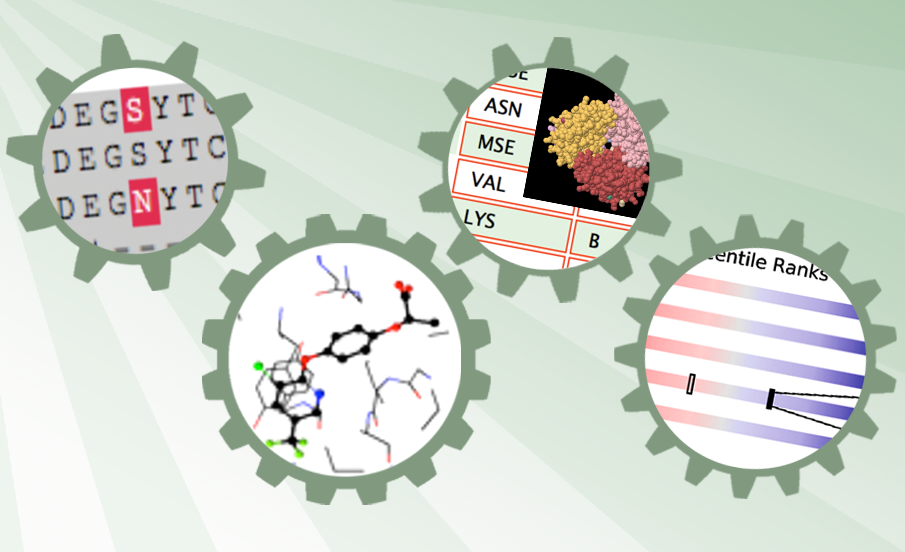
Deposition Preparation Tools
Data Extraction
- pdb_extract: Extract and harvest data in PDBx/mmCIF format from structure determination programs
- SF-Tool: Convert structure factor files among various formats
Small Molecules
- Ligand Expo: Search the Chemical Component Dictionary for the IDs of released ligands
Data Format Conversion
- PDBML2CIF: Convert PDBML-format data into PDBx/mmCIF-format
- PointSuite: Generate symmetry records for macromolecular assemblies with point and helical symmetries
- MAXIT: Translate data between file formats and more

Validation Services
Validation reports contain an assessment of the quality of a structure and highlight specific concerns by considering the coordinates of the model, the experimental data and the fit between the two. Easily interpretable summary information that compares the quality of a model with that of other models in the archive will help users of PDB data to critically assess archived entries and to select the most appropriate structural models for their needs. These reports are developed using the recommendations of thewwPDB Validation Task Forces.
Reports for released entries are available from Structure Summary pages.
Validation reports for manuscript reviewers are created during annotation of deposited structures.
Information and example Validation Reports (at wwpdb.org).
Check your X-ray, NMR, or EM structures before depositing (standalone server).
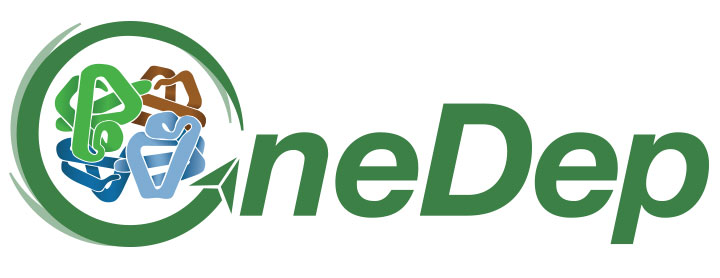
Deposit 3D macromolecular structure data to the PDB
Have non-atomic coordinates, multi-scale structures obtained through integrative/hybrid (I/H) methods? Deposit at PDB-Dev which is a prototype deposition and archiving system for structural models obtained through integrative/hybrid (I/H) methods.
Questions about your deposition?

Basic Search
From any page on the site, a Basic Search can be run by entering a search term in the top Search Bar.
As you enter a term, you will see suggestions appearing in the dropdown menu that appears below the search bar. The suggestions are grouped by attribute name, indicating in the specific field or fields in which the search term was found.
You can click on an item in the dropdown menu to see results matching only that particular attribute, or click the Search icon to see results matching multiple fields.
Advanced Search
The Advanced Search Query Builder tool allows you to construct complex boolean queries by specifying values for a wide range of structure attributes.
Text-based queries can be combined with sequence and structure similarity searches.
Search results can be returned at the structure, entity, or assembly level, and viewed in a variety of formats, for example, as a summary view, an images only gallery view, or in a Tabular Report format.
Any query and its results can be further refined by selecting additional criteria from the 'Refinements' panel.
Go to Advanced Search

Search by Sequences
Search protein and nucleic acid sequences using the mmseqs2 method to find similar protein or nucleic acid chains in the PDB.
The new Advanced Search Query Builder tool can be used to run sequence searches, and to combine the results with the other search criteria that are available.
Read Tutorial
Advanced Search - Sequence Search

Search by Unreleased & Access New Entries
The PDB archive is updated weekly in two phases
Phase I: Every Saturday by 3:00 UTC, for every new entry, wwPDB website provides sequence(s) (amino acid or nucleotide) for each distinct polymer and, where appropriate, the InChI string(s) for each distinct ligand and the crystallization pH value(s).
Phase II: Every Wednesday by 00:00 UTC, all new and modified data entries will be updated at each of the wwPDB FTP sites.
As of Tue Sep 15 2020 there are 168889 structures.
Next data entry update in:
Browse by Annotation
PDB entries have been annotated by various ontologies and hierarchical classification schemes.
Start Browsing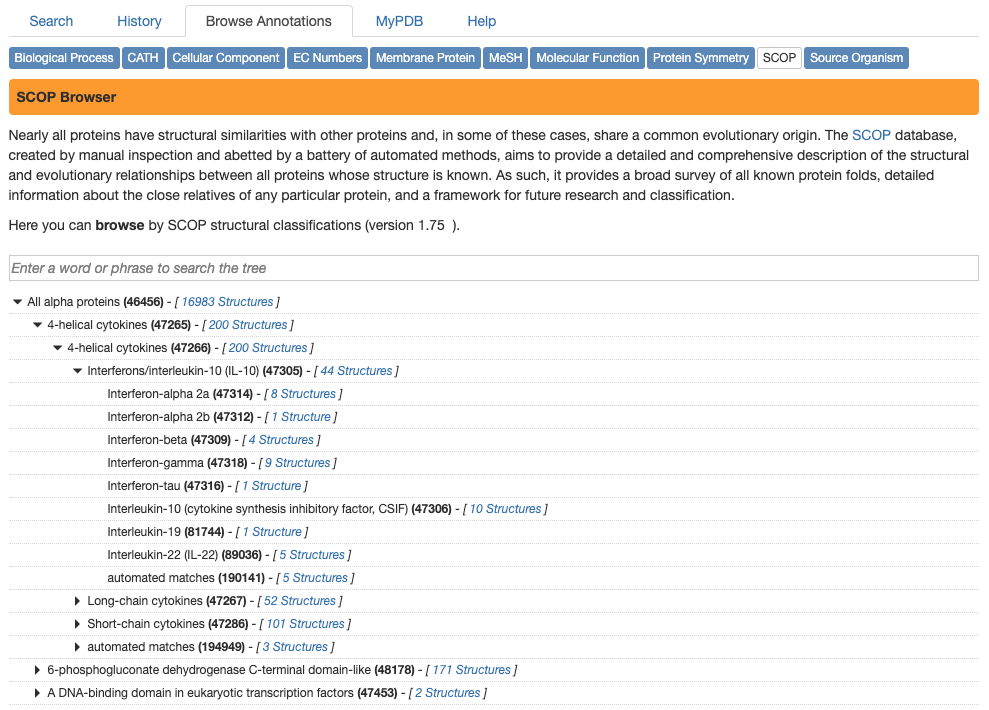
Search PDB Statistics
The PDB Statistics page lists the current holdings in the PDB and various growth statistics and histograms.
View PDB Statistics Page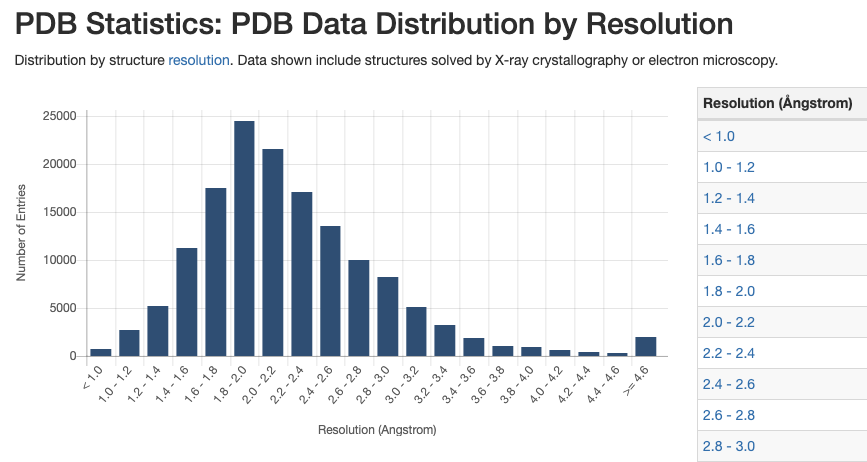
Search Ligands
Search ligands bound to macromolecules in the PDB by:
- SMILES String, InChI
- Chemical Formula

Search by Drugs & Drug Targets
Drugs & Drug Targets in the PDB have been mapped to DrugBank.

Drug-Target Complex: Atorvastatin bound to its target HMG-CoA reductase
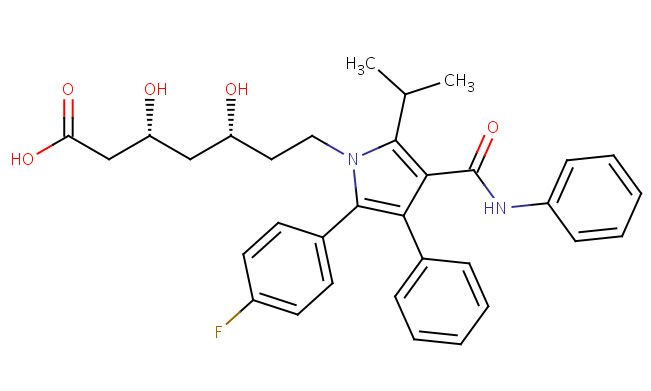
Drug: Atorvastatin (Lipitor)
3D Structure Viewers
View PDB structures in 3D using Mol* from any entry's Structure Summary page.
A 3D View (Mol*) User Guide is available.Pathway View
Explore metabolic pathways maps that identify pathway components with PDB structures and homology models.
Maps can be accessed from the Protein View (see example P29401), and the main Pathway View page.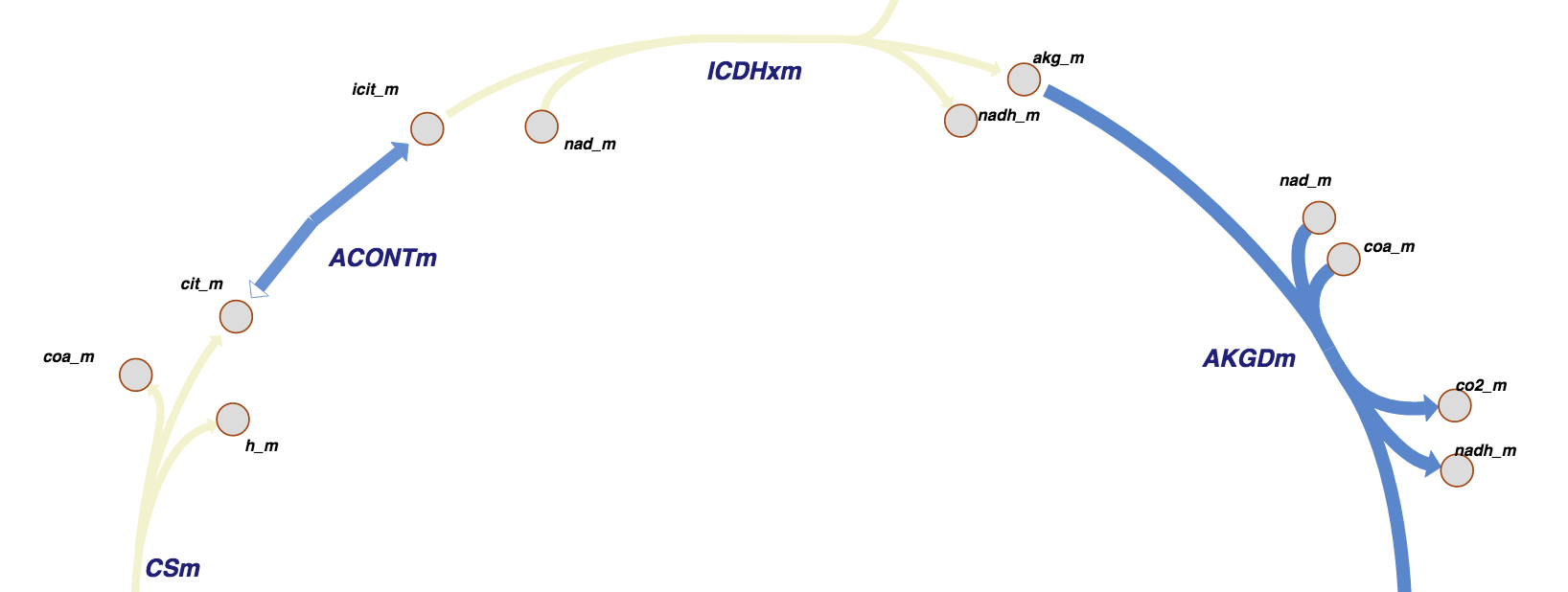
RCSB Protein Feature View
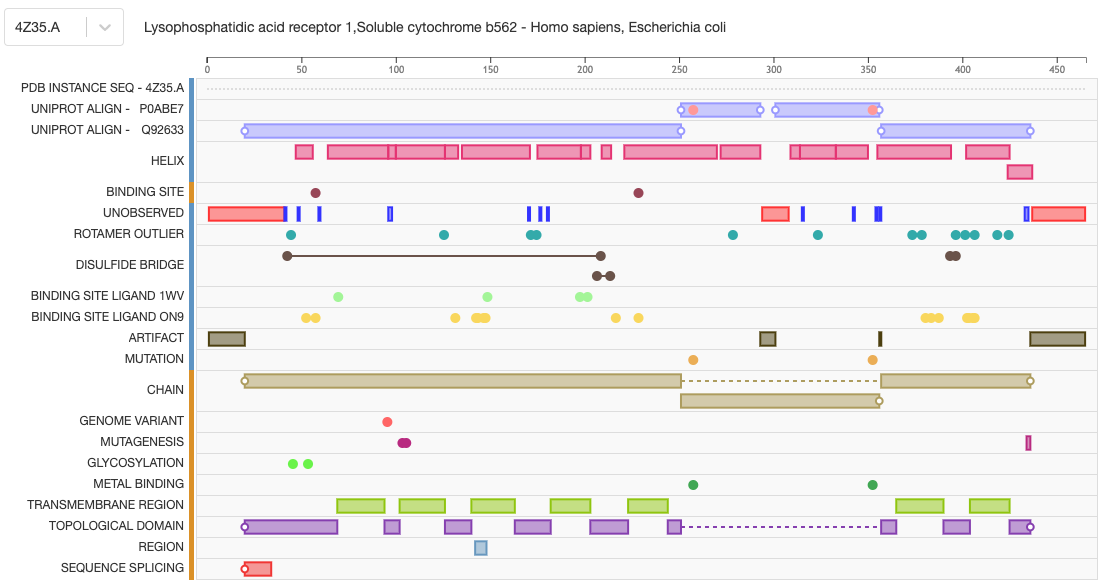
Provides a graphical summary of biological and structural protein features of PDB entities and how they correspond to UniProtKB sequences. It loads features from RCSB PDB webservices and third party resources such as UniProtKB, CATH or SCOPe.
Learn more about RCSB Protein Feature View.
Examples: SARS-CoV-2 spike glycoprotein, H-Ras, and BRCA1
This feature is available in Structure Summary pages and Instance Sequence pages.
Human Gene View

Illustrates the correspondences between the human genome and 3D structure. All human genes have been mapped to representative PDB structure protein chains (selected from sequence clusters at 40% sequence identity) to show which regions of a gene are available in PDB coordinates.
Learn more about Gene View.
Examples: Breast Cancer 1 (early onset) and Hemoglobin, Alpha 1 (shown image).
This feature is available from the Molecular Description widget on Structure Summary pages and by entering an HGNC Human Gene Symbol below (examples).

Sequence & Structure Alignment
RCSB PDB's Comparison Tool calculates pairwise sequence (blast2seq, Needleman-Wunsch, and Smith-Waterman) and structure alignments (FATCAT, CE, TopMatch).
Comparisons can be made for any protein in the PDB archive and for customized or local files not in the PDB. Special features include support for both rigid-body and flexible alignments and detection of circular permutations.
Protein Symmetry
The JSmol symmetry display mode (select the Symmetry button) highlights global, local, and helical symmetry among subunits. The view displays the symmetry axes, a polyhedron that reflects the symmetry, and a color scheme that emphasizes the symmetry.
Hemoglobin

PDB ID:4HHB
Streptavidin

PDB ID:1STP
Inovirus

PDB ID:1IFD
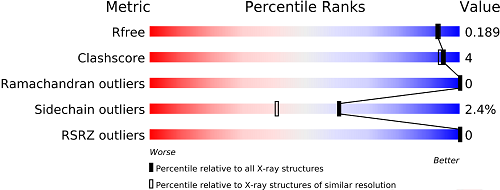
Structure Quality
Structure Summary pages provide access to information about structure quality.
The slider graphic compares important global quality indicators for a given structure with the PDB archive. Global percentile ranks (black vertical boxes) are calculated with respect to all X-ray structures available prior to 2011. Resolution-specific percentile ranks (white vertical boxes) are calculated considering entries with similar resolution.
This graphic is from the wwPDB Validation Report , which provides a more detailed assessment of the quality of a structure and highlights specific concerns. These reports were created using the recommendations of wwPDB Validation Task Forces.The full wwPDB Validation Report PDF is available for download. PDFs of Ramachandran plots (created by MolProbity) are provided to offer an independent method to evaluate the conformational quality of protein structures.
For examples, view the Structure Summary pages for 1CBS (1.8Å structure of a small protein and a ligand , an entry with better overall quality relative to all X-ray structures) and 1FCC (a 3.2Å structure with worse overall quality relative to all X-ray structures).
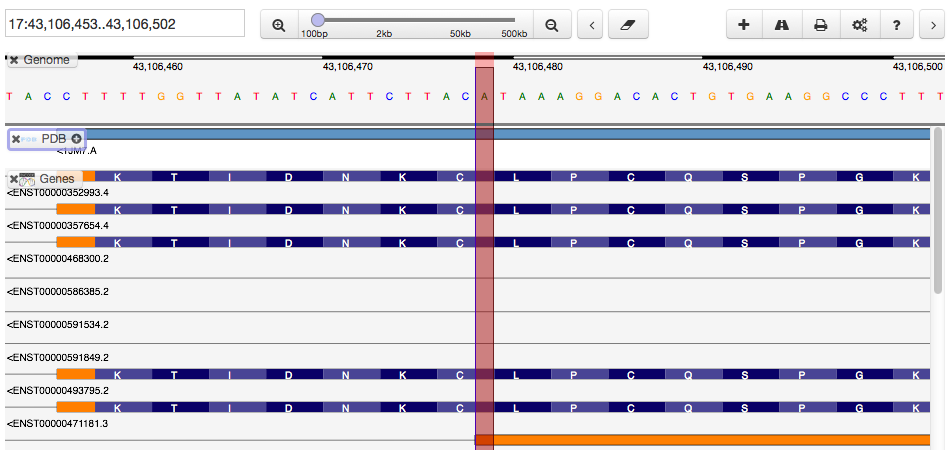
Map Genomic Position to Protein
Mutations in a gene can have profound effects on the function of a protein. This analysis tool highlights the location of a gene location (i.e., the site of a SNP).
Example of SNP in Breast Cancer 1 Gene
A TGT-to-GGT transversion in codon 64 of the BRCA1 gene leads to substitution of glycine for cysteine. This SNP is located on chromosome 17 at genomic coordinate: 43,106,478. The new mapping tool can be used to locate this position on the UniProt sequence and 3D structure.
Access the Mapping Tool
EPPIC Biological Assemblies
EPPIC (Evolutionary Protein-Protein Interface Classifier) provides value-added information about biological assemblies in the PDB. This web server classifies interfaces present in protein crystals to distinguish biological interfaces from crystal contacts. EPPIC Version 3 enumerates all possible symmetric assemblies with a prediction of the most likely assembly based on probabilistic scores from pairwise evolutionary scoring.
Download Coordinate & Experimental Data Files
By entering PDB IDs, multiple files can be downloaded in batches containg one or more file formats.
Coordinate Data Files can be downloaded in the following formats:
- PDB
- PDBx/mmCIF
- PDBML/XML
- PDBML/XML (Header only)
- Biological Assemblies in PDB
- Biological Assemblies in PDBx/mmCIF
Experimental Data Files can be downloaded in the following formats:
- Structure Factors
- NMR Restraints
- Chemical Shifts
- NMR Restraints v2
Go to the Downloads Page
Download: Sequences
By entering PDB IDs, sequences can be downloaded in FASTA format.
Sequences can be provided for any of these identifiers:
- Entry IDs
- Entity IDs
- Asym IDs
Go to the Sequences Downloads Page
By entering chemical component IDs, SDF files with ligand coordinates can be downloaded.
Downloads are provided for:
- Coordinates of first chemical component instance from each PDB entry
- Coordinates of all chemical component instances from each PDB entry
- Ideal coordinates from Chemical Component Dictionary
Go to the Ligands Downloads Page
FTP Services
Searches and reports performed on this RCSB PDB website utilize data from the PDB archive. The PDB archive is maintained by the wwPDB at at FTP archive, ftp.wwpdb.org (data download details) and Versioned FTP, ftp-versioned.wwpdb.org (Versioning details).
Major Directories
- The directory pub/pdb is the entry directory for the ftp site.
- The directory pub/pdb/data/structures/divided contains the current PDB contents including PDB, mmCIF, and PDBML/XML formatted coordinate files, structure factors and NMR restraints
Annual snapshots of PDB Archive are available.
The Versioned FTP Archive is available at ftp://ftp-versioned.wwpdb.org (See announcement).
Read More on FTP ServicesHTTP/HTTPS Services
PDB structure files, chemical component files, and several other files are available for download via http/https. These URLs are useful in scripted downloads using utilities such as wget.
Downloadable Files
- PDB Structure Files
- Ligand Files
- Secondary Structure Files
- SIFTS Files
Web Services
Programmatic access to individual structures and/or specific data items is provided through Web Service Application Program Interfaces (APIs).
New Web Service APIs are being developed; users should register with the RCSB PDB API electronic list for announcements.
Contact RCSB PDB with questions suggestions for specific services.
More
Molecular explorations
through biology and medicine
PDB-101 is an online portal for teachers, students, and the general public to promote exploration in the world of proteins and nucleic acids.
Browse all PDB-101 resources by biological theme or start exploring:
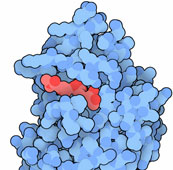
Molecule of the Month
Presents short accounts on selected molecules from the Protein Data Bank.
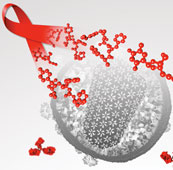
News and Events
Upcoming meetings and events RCSB will hold

Educational Resources
Access materials that promote exploration in the world of proteins and nucleic acids.

Guide to PDB Data
Understanding PDB Data is a reference to help explore and interpret individual PDB entries.
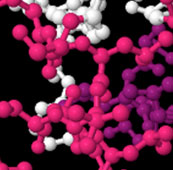
Curricula
Authentic, hands-on teaching materials, individual and group activities.
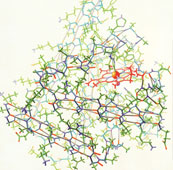
Geis Digital Archive
View iconic illustrations by the gifted artist Irving Geis (1908-1997) in context with PDB structures and educational information.
What’s New in the solid work download Archives?
Screen Shot

System Requirements for Solid work download Archives
- First, download the Solid work download Archives
-
You can download its setup from given links:


